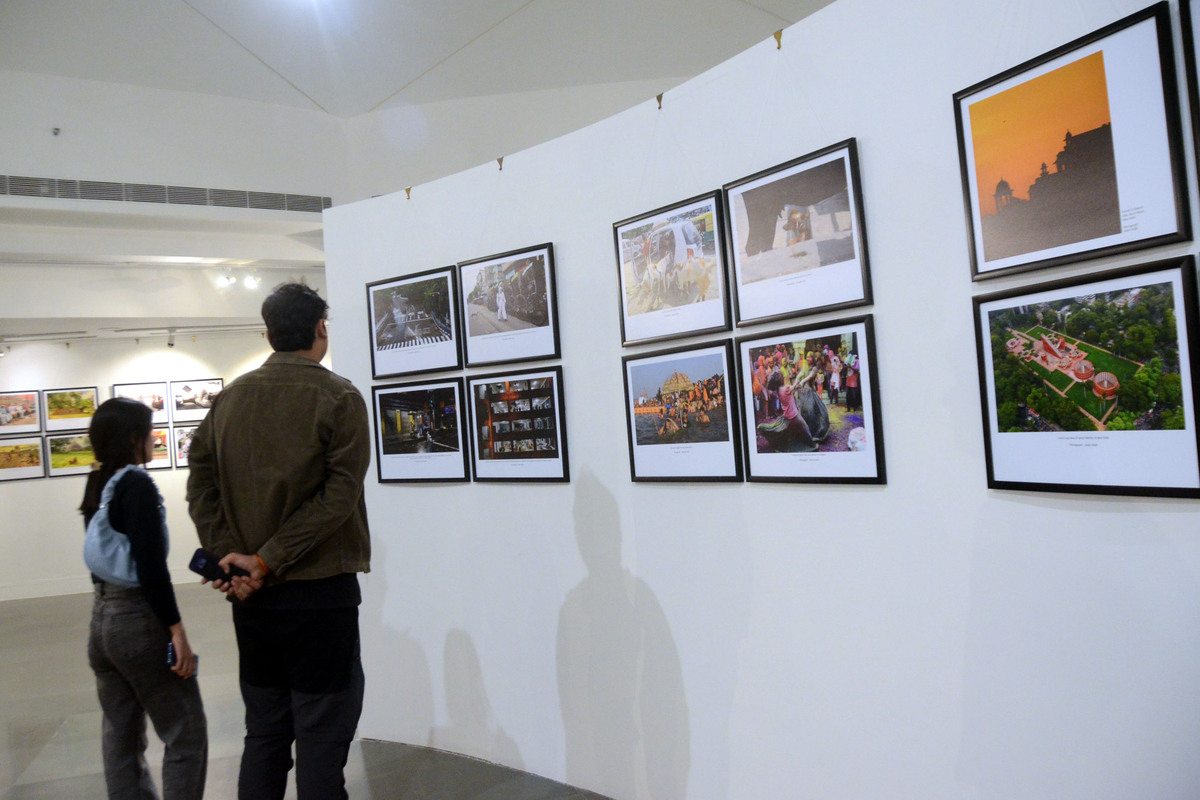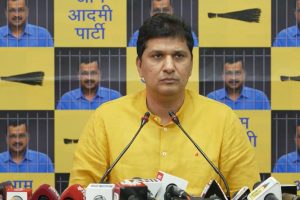The Big Picture 2023, the 6th public photo exhibition of collective work of All India Working News Cameramen’s Association (WNCA) members, drew to a close on Tuesday (May2). The exhibition commenced on 22 April.
While journalism is considered the first draft of history, photo-journalism is the visual documentation of history. Although the big assignments of participants are centred on news events – lifeblood of the media they contribute for – these photographs are moments in life, capturing fleeting moments.
Advertisement
To shoot a candid picture outside the realm of a photojournalistic assignment is a temptation no photographer can resist, and the urge to press the shutter at the “decisive moment”, as the master photographer Henri Cartier Bresson called it, is nothing but a reflex action. Thus, sometimes masterpieces are created through the eloquent camera without a realisation at the time of the event.
All India Working News Cameramen’s Association (WNCA) is the largest body of print, electronic and new media working journalists representing national and international media organisations. WNCA was founded and registered in 1978 with its headquarters in New Delhi. The membership of the organisation is spread over 14 states.
The associations of photo-journalists working in regional language newspapers and electronic news media organisations in these states are also affiliated to WNCA, thus making it the most representative and a strong professional body of visual-journalists in India.
The Big Picture-2023 showcases works of 66 photojournalists from pan-India. On display were several genres in photography like fashion; wild life; pictorial as well as macro besides hard news photography.
GN Jha, chief photographer of The Asian Age, a member of WNCA who exhibited his work at the exhibition, said, “The exhibition was a complete success, as many people showcased in the exhibition, including the students of more than 10 schools, many fellow photographers showered their love towards the pictures”.
The participation of the youngsters was very impressive, as there were a lot of youngsters enjoying the moment of visual compositions everywhere, getting into the depth of the pictures, he added.
He further said, “The love conveyed by the spectators towards the photographs was heartwarming, as many people were praising the work done by the photographers.”
The exhibition was graced by the presence of Rajesh Malhotra, the Principal Director General, Press Information Bureau (PIB), on the last day of the exhibition.
Since photojournalism is a form of reporting, ethics are central to its practitioners. There is a conscious need to provide factually accurate information, and photojournalists seek to convey objective truth without altering it in a way that might change the meaning behind the image.
There is an unwritten code of ethics that photojournalists are expected to follow. With that in mind, the WNCA endeavours to uphold the strict ethical standards to which photojournalists must adhere.
For the exhibition, the members of WNCA worked tirelessly risking their lives covering Covid-19 pandemic and documenting some of the most disturbing human situations with sensitivity. Some of the pictures on display were taken by them while they were themselves admitted to hospitals with Covid and struggling for life. While working on the front-line, some had lost their lives to bring news to the world, but unfortunately they were not designated as “Front-Line warriors” which may have given them certain protections.
A famous French photojournalist, Mare Riboud, rightly said, “Photography cannot change the world, but it can show the world, especially when it changes.”
Advertisement












